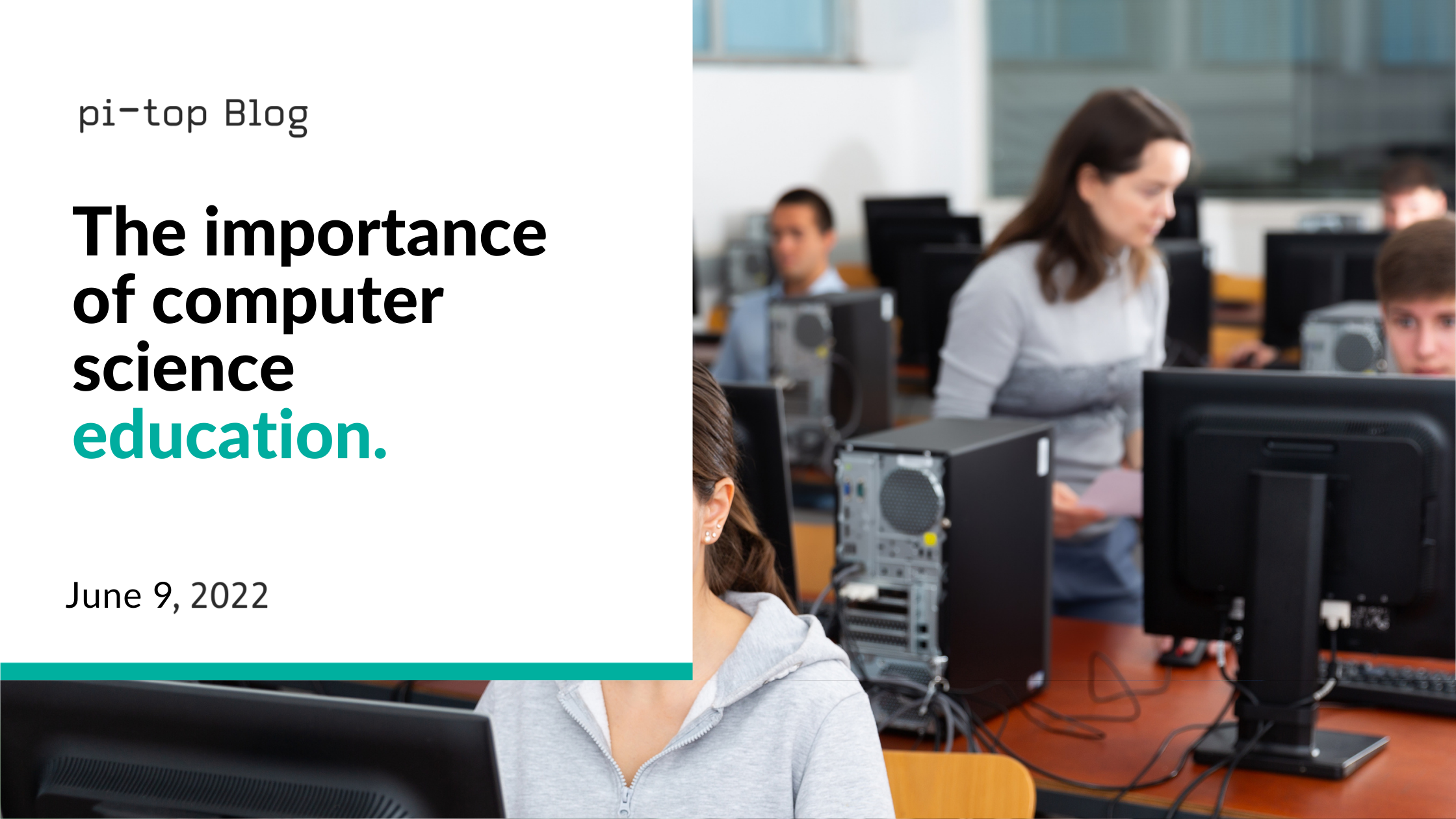It doesn’t take much to see the evidence of our highly advanced (and growing) technological world. The development of artificial intelligence and robotic limbs has made it possible for those with certain disabilities to live fairly normal lives. Virtual reality is being used to treat those with PTSD and similar disorders. Life-changing medical devices, including 3D printers, have given us ways to bioprint skin and grow artificial human organs—a feat that could only be accomplished with the help of technology.
In fact, none of these breakthroughs would be possible without computer scientists.
Digital technology has rapidly advanced since the 1980’s. However, the world has seen more digital advancement within the last two years than ever before due to the pandemic. Because of this, there is a huge need for more people with technological training and skills for producing custom software, programming specialized machines, and creating new ideas to advance technology. Sadly, there aren't enough people with these digital skills to help companies make the changes they want to make.
Demand for software developers is expected to rise by 22% within the next eight years, according to the U.S. Bureau of Labor Statistics. Experts are worried that a lack of training in computer science and technology skills will slow down the overall growth of technology. This “gap” in digital knowledge and training could prevent the development of future life-changing technologies and products. To help close the "digital skills gap," schools are being asked to make sure that how they teach and use computer science and technology matches the needs of the modern workforce.
Let’s look at some ideas on how to improve U.S. CS education.
Incorporate Coding in K-12
According to the RAND report, there should be more coding incorporated throughout the K–12 curriculum. This means, beginning in kindergarten, students should be introduced to key CS concepts such as algorithms, sequencing, loops, coordinates, variables, and functions. Most importantly, teachers should incorporate these technology skills into every grade level in order to help students progress in each CS concept.
With that being said, we know that teachers may find it overwhelming to incorporate CS and technology into their already overloaded curriculum. However, with pi-top, these concepts can be easily integrated into any course, regardless of grade or skill level. Using a CS lesson platform and project kits, pi-top enables students to learn coding, robotics, and engineering through fun, hands-on projects.
Enhance CS Education with STEAM
Hands-on or project-based learning is the best way for students to comprehend any subject, especially CS and technology. Physical projects help students learn the skills and training they will need to prepare them for real-world jobs (i.e., software developers, digital programmers, AI research scientists, etc.).
While digital literacy is crucial, the physical know-how of actually programming a machine or device is the basis of technological innovation! In other words, teachers should incorporate more hands-on projects geared towards CS and technology so students can learn to develop the critical problem-solving skills necessary to drive innovation.
At pi-top, Further, our online project library, combined with our project kits allow students to learn the real-world digital skills that employers are looking for. These skills include being able to understand, process, and manage information and data, communicating and working together digitally, creating digital content, using technology tools to solve problems and think critically, and more advanced skills like creating and programming software.
To help you get started with project-based learning (PBL) units and lessons, we’ve put together a package of STEAM Project-Based Learning worksheets and templates.
This free downloadable resource, designed for teachers, curriculum directors, and administrators, includes:
- STEAM Project-Based Learning (PBL) Checklist
- 16 Questions to Evaluate Your STEAM Project-Based Learning
- 9 Steps for Getting Started with PBL
- STEAM PBL Lesson Plan Template (Based on Backwards Design)
- Blank Engineering Design Process Rubric
- Student Resources, and more...
Together, we can close the "digital skills gap" and get our students ready for a workforce that is becoming more and more digital.
